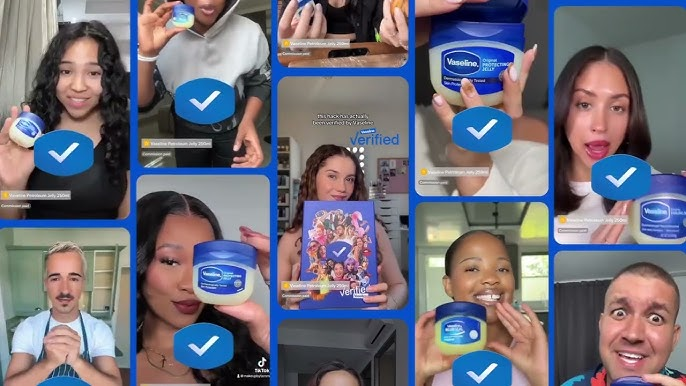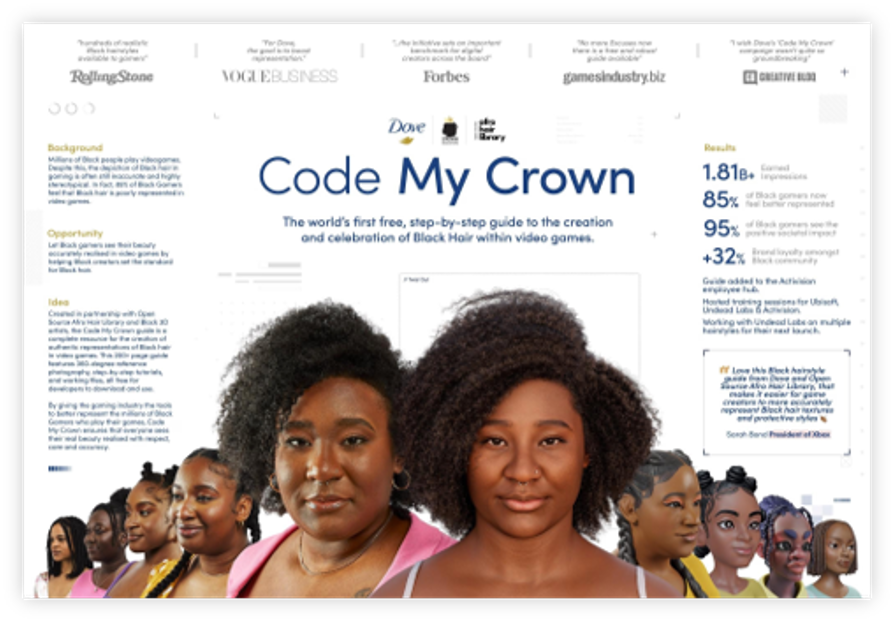Community centricity IS responsible marketing
This generation of marketers are generally Nice People. Apart from a few dissenters, we’ve spent the last decade talking about purpose, we’ve set aside a budget for responsibility, and we like to believe our brands can make the world a little bit better.
But purpose and performance are still too often treated as competing forces. When times get tough, the “responsible” budget is the first thing to go, sacrificed for short-term sales.
It’s a false dichotomy. Instead of fighting for a slice of the budget pie, responsibility should be integrated into every part of the work, delivering positive impact and business growth in parallel. With community-centric planning, responsibility and effectiveness can work together, and I’ll show you why, but it starts with first understanding consumer and media changes.
I think most of us now KNOW we shouldn't be planning purpose in a silo and it should be integral to our core comms - but as an industry we’ve not created enough examples and guidance about how to do this, explaining what we actually mean by integrating responsibility into the mainstream.
The answer lies in adopting Community Centricity. Ensuring you’re always thinking about the people you serve and adding genuine value to them - that’s responsible. Planning for a community gives you a north star to keep you on track to be responsible - and a community will tell you VERY quickly if you deviate from that!
Take the example of Ziploc. During the cost-of-living crisis, the brand spotted a hyper-engaged community of couponers who were driven by values of thrift and waste reduction. Rather than speaking “at” them with generic offers, Ziploc joined them on their terms, honouring expired food coupons if Ziploc bags were also in the cart, a super smart mirror of the product benefit. The payoff was real: a 4% sales uplift (as a commoditised product in a cost-of-living crisis that’s phenomenal) and a 13% increase in new shoppers.
Or look at Vaseline, which leaned into the world of beauty hacks, a thriving subculture of creators and followers who test, remix, and share tips at lightning speed. While this community was buzzing, it was also vulnerable to misinformation, with viral “hacks” that didn’t always work and were occasionally dangerous.
Vaseline stepped in with Vaseline Verified, awarding a seal of approval to hacks that genuinely delivered results. The effect was explosive: 43% sales growth in a single month on TikTok shop, over 136 million social views, and recognition on the global stage with a Titanium Lion and two Cannes Grands Prix.
One more example from black female gamers - they were suffering from a lack of authentic representation in the media they loved. Dove stepped up by designing thousands of realistic textured hair options, open-sourcing the code, then sharing them directly with studios and at developer conferences. The result was not just representation on screen, but empowerment within the community: 85% of Black gamers reported feeling better represented. The killer stat here though is that this campaign had a tangible impact on people outside of the gaming community, with brand loyalty increasing 32% across the wider Black community.
Taking a community-centric view as these brands have done means understanding and delivering for a community – delivering tangible benefits like saving thrifters money, solving a specific problem like misinformation in the hack space or meaningfully improving their visibility.
These all add real value to real people’s lives so they are really responsible. They are also creating value for the business and delivering fantastic business results. This is the synergy that means we no longer have to choose between responsibility and effectiveness.
Please note that all opinions shared are my own in the spirit of positively moving our industry forward. Progress over perfection!
Alice Brady, Chief Strategy Officer, Responsible Marketing Advisory




